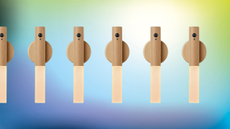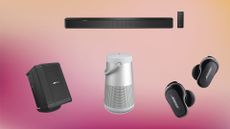Ring vs Nest doorbell: an expert's verdict on which to choose
In the Ring vs Nest doorbell comparison, which one comes out on top? Our expert offers their opinion
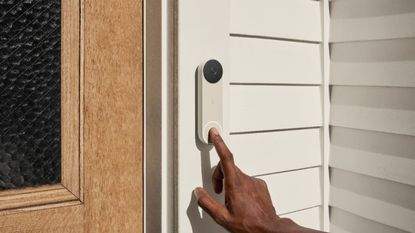

When you're choosing a wireless doorbell, you might be comparing Ring vs Nest. But which is better? Or, more importantly, which is the best one for your needs? This guide aims to lay out the positives and negatives of each brand so you can make an informed decision when buying your video doorbell.
Ring is owned by Amazon and Nest is Google-owned, so from that alone you may wish to side with one over the other to fit in with any smart home kit you already have. That can make integration with more features easier, like your doorbell ring also turning on automated lights. But there is a lot more to consider when trying to decide the best wireless doorbell for you.
Ring has been around longer and has seven doorbells to pick from whereas the relatively newer Nest is simpler with two options to pick from. Both have battery and wired options to pick from. Also, these are the two top brands out there in terms of hardware and app software - so whichever you pick you should be pleased with the quality. It also means they're some of the highest priced, but you might find it's a price worth paying.
Ring vs Nest: Which doorbell is cheaper?
There is a wide range of prices for the Ring doorbells but just the two for Nest.
The Nest Doorbell (battery) is battery-powered and priced at around $179. The Nest Doorbell (wired), which is clearly named as the wired model, is priced at about $229.
Ring offers seven different models: the Ring Video Doorbell Wired ($59), the Ring Video Doorbell 2nd gen ($99), the Ring Video Doorbell 3 ($179), the Ring Video Doorbell 4 ($199), the Ring Video Doorbell Pro 2 ($249), and the Ring Video Doorbell Elite ($349).
Comparing the two most popular models of the Nest Doorbell (battery) and the Ring Video Doorbell, it's Ring that wins coming in at $50 cheaper. Plus, thanks to a greater variety of options Ring should have a model priced right for everyone.
Each one also requires a subscription for cloud-based video storage, which unlocks the most features. Nest will cost you $6 per month while Ring is charged at $3 per month – so Ring wins again on price. That said, for free Nest does give you three free hours of rolling footage which Ring won't offer.
- Winner: Ring
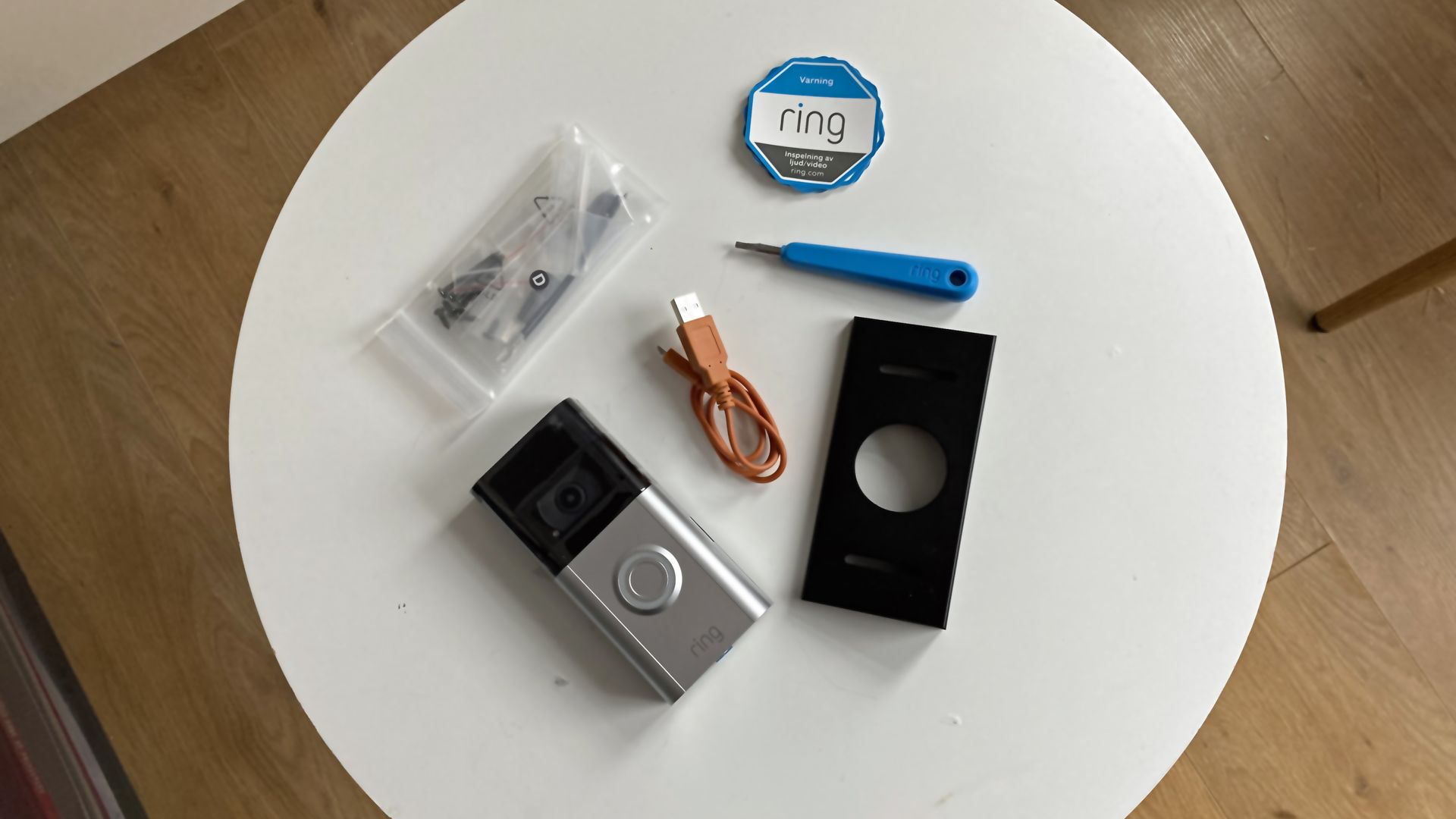
Ring vs Nest: Which is easier to install?
When growing your automated home it pays to get a gadget that is easy to install. When it comes to video doorbells it's easier to install a battery model than a wired version. But it's worth keeping in mind this will require you to remove and charge that battery every few months.
Both Nest and Ring come with superb instructions and tools so they're both relatively easy to install. While they tie on that front, it's only the Ring that allows you to use a plug-in chime for alerts and to boost WiFi. Nest, on the other hand, lets you use Google devices like the Nest speaker. Since Ring also lets you use Amazon Echo devices it comes out on top for installation ease and options.
- Winner: Ring
Ring vs Nest: Video and audio quality
On paper the best resolution video is found in the Ring Video Doorbell which offers 1920 x 1080 compared to the Nest Doorbell which tops out at 960 x 1280. But both are plenty high enough when viewing on a small smartphone screen anyway. So then it comes down to aspect ratio.
The Nest Doorbell offers a 3:4 aspect which means it gives you a better top to bottom view of the person at your door, while the standard Ring offers more width which may be less helpful if someone has left a package below the line of sight. Ring does offer models with more vertical clarity but these are the higher-end doorbells.
Both offer HDR as an option which helps to create a clear picture even when the lighting changes. This is ideal if you have the sun passing in front of your house as the day goes on, where the doorbell can adapt to offer a silhouette-free image.
So while the resolution is lower it's the Nest that has the better field of view for the popular models and that lower resolution can also mean less data and a faster pick-up from a ring.
- Winner: Nest
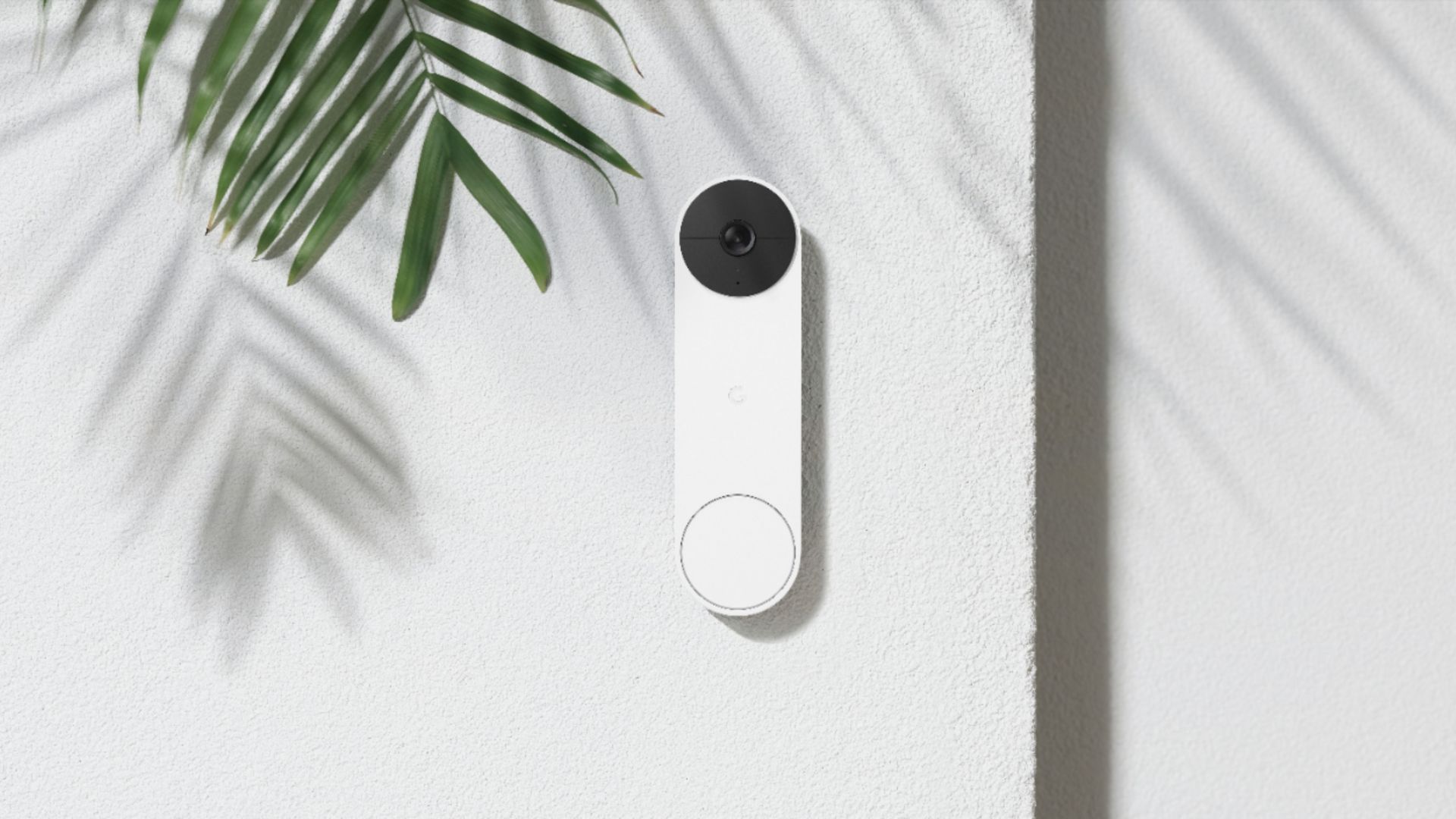
Ring vs Nest: Which has the best features?
Both doorbells have a lot of features once you activate that subscription model. That means you get on both customer motion zones, person detection, and package detection.
The Ring offers neighborhood alerts – allowing you to view events from other local ring users – as well as extended video recording – adding a few seconds before the recording turns on to capture everything of who came to your door – which Nest does not.
For smart home linking both options are useful with the Nest and Ring both working with Alexa and Google Assistant for alerts on your smart speakers. But Ring has greater integration with other devices - like a doorbell press automatically turning on your Lutron lights for example.
The Nest uses both 2.4GHz and 5GHz WiFi which can mean a better connection than the single-band Ring option. Also the Nest offers both noise and echo cancellation on two-way audio whereas the Ring only offers noise canceling.
- Winner: Nest

Ring vs Nest: Our verdict
As you can see both the Nest and Ring options have a lot of positives and negatives so it may simply come down to a specific feature that jumps out at you. It's worth keeping in mind that where Nest has beaten Ring in these rounds that's comparing the base models, whereas if you can spend more, the Ring premium doorbell options do all that Nest can and more.
So if you want the most bang for your buck up front then go Nest, but if you don't mind spending more to get the very best features then a premium Ring doorbell will serve you well.
Be The First To Know
The Livingetc newsletter is your shortcut to the now and the next in home design. Subscribe today to receive a stunning free 200-page book of the best homes from around the world.
Luke is a veteran journalist and editor of over two decades where he has written about everything but specialises is technology, science, health and fitness, smart homes and health. He contributes to Real Homes, T3, Tom's Guide and TechRadar, among many other titles. As a father of two, any spare time he gets is enjoyed surfing, reading, hiking, camping and generally getting out in nature.
-
 The 12 Best Table Lamps for Reading —I'm a Certified Bookworm (and Shopping Expert)
The 12 Best Table Lamps for Reading —I'm a Certified Bookworm (and Shopping Expert)When it comes to table lamps for reading, I don't mess around. If you're the same, this edit is for YOU (and your books, or course — and good recommendations?)
By Brigid Kennedy Published
-
 "It's Scandi Meets Californian-Cool" — The New Anthro Collab With Katie Hodges Hits Just the Right Style Note
"It's Scandi Meets Californian-Cool" — The New Anthro Collab With Katie Hodges Hits Just the Right Style NoteThe LA-based interior designer merges coastal cool with Scandinavian simplicity for a delightfully lived-in collection of elevated home furnishings
By Julia Demer Published
-
 These Viral $40 Lights Make Your Home Easier to Live In — And They're Pretty Chic, Too
These Viral $40 Lights Make Your Home Easier to Live In — And They're Pretty Chic, TooThese Scandi-inspired wall sconces are the lighting solution you didn't know you needed. I'm so taken by them!
By Brigid Kennedy Published
-
 It's not too late to grab a Bose speaker for up to a third off in the Prime Day sales - here are the top bargains
It's not too late to grab a Bose speaker for up to a third off in the Prime Day sales - here are the top bargainsWe've scoured Amazon for the best Prime Day Bose deals this year, but you'd better be quick!
By Caroline Preece Published
-
 If you've been thinking about buying a Ring doorbell, now's your chance - even the newest model is on sale for Prime Day!
If you've been thinking about buying a Ring doorbell, now's your chance - even the newest model is on sale for Prime Day!Looking for a Prime Day Ring deal? You've come to the right place...
By Caroline Preece Published
-
 Super cute - and easy for you to control - the best smart speakers for kids make parenting a little simpler
Super cute - and easy for you to control - the best smart speakers for kids make parenting a little simplerEnjoy music and stories with our edit of the best smart speakers for kids plus advice on what to look for when choosing an age-appropriate design
By Emily Peck Published
-
 Ring Alarm System (2nd Gen) review: the brand's made-over kit is still a winner
Ring Alarm System (2nd Gen) review: the brand's made-over kit is still a winnerWe tested the Ring Alarm System 5-Piece Kit to see if it could make home security simpler for the average user, and how it may have improved on the first gen system.
By Caroline Preece Published
-
 eufy Home Alarm Kit review: a simple but effective way to keep your home safe
eufy Home Alarm Kit review: a simple but effective way to keep your home safeThe eufy Home Alarm Kit has all of the basics on paper, but we wanted to test it out on our own home to see how easy it is to set up and use.
By Caroline Preece Published
-
 HomePod mini vs Sonos One: two high-end smart home hubs, but which is the better speaker?
HomePod mini vs Sonos One: two high-end smart home hubs, but which is the better speaker?We take a look at the HomePod mini and Sonos One, both of which sit at the higher end of the smart speaker market.
By Caroline Preece Published
-
 AirTags vs Tile: which Bluetooth tracker is best to help a case of constantly misplaced keys?
AirTags vs Tile: which Bluetooth tracker is best to help a case of constantly misplaced keys?If you're tired of losing your items, either around the house or outside, then Bluetooth trackers are a lifesaver - but which is best?
By Caroline Preece Published


